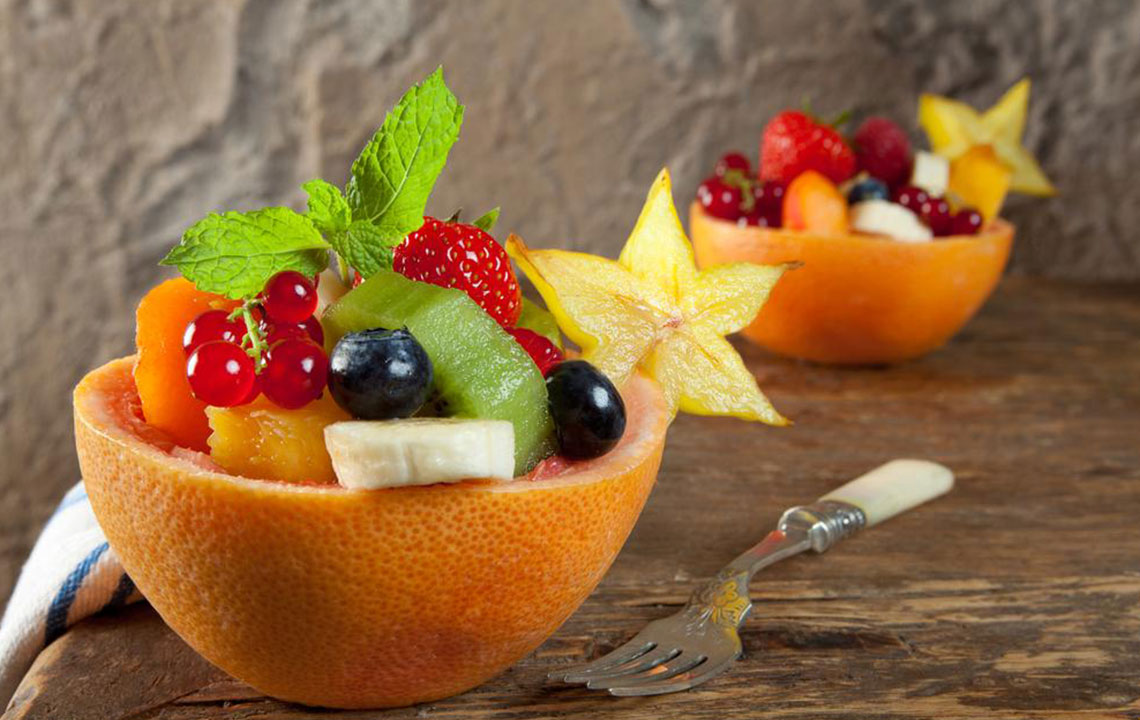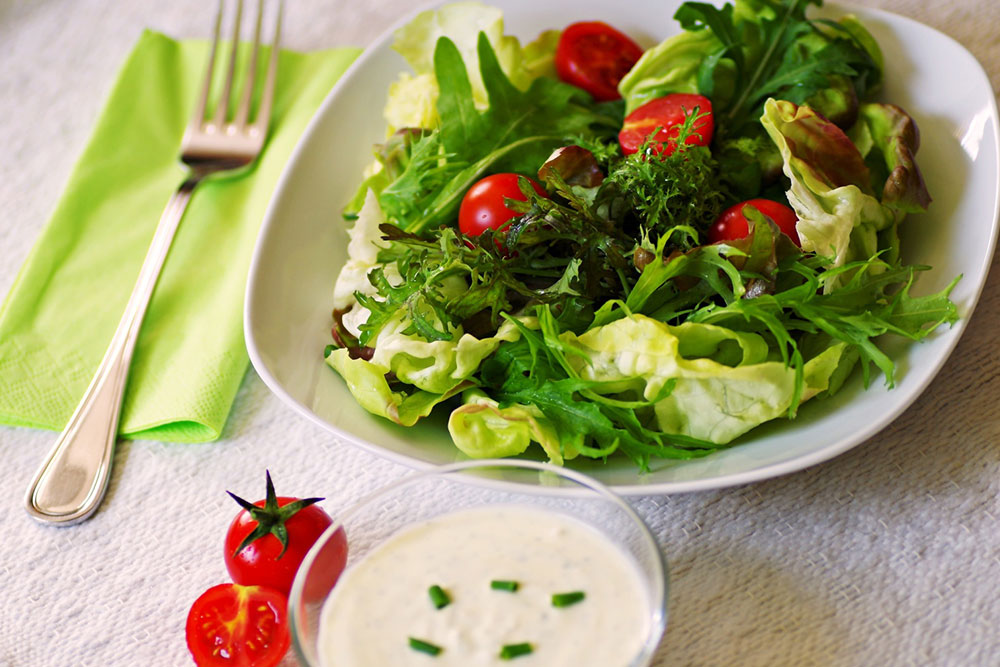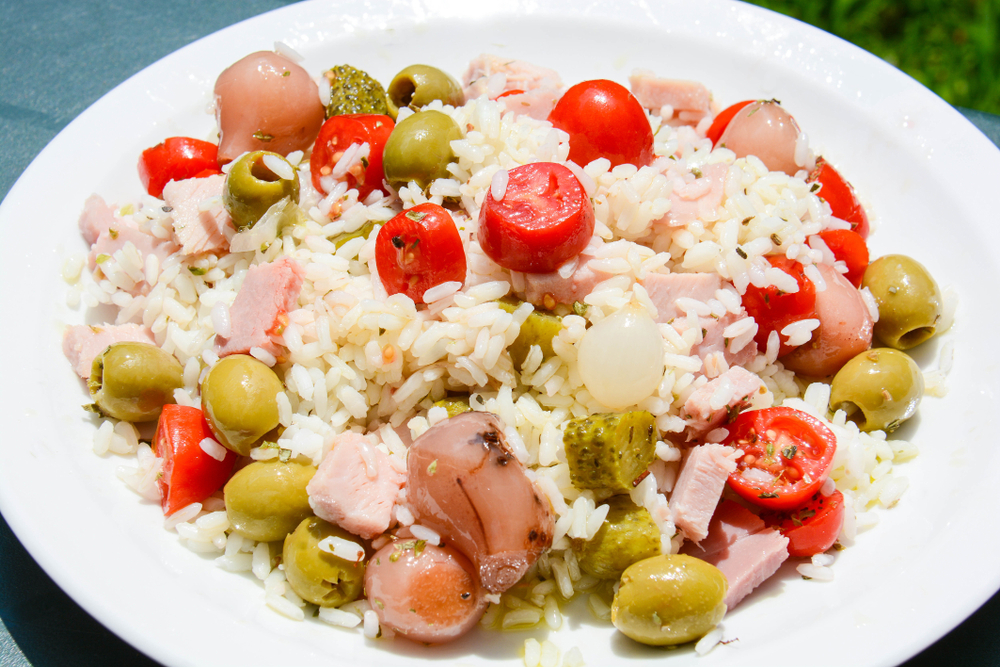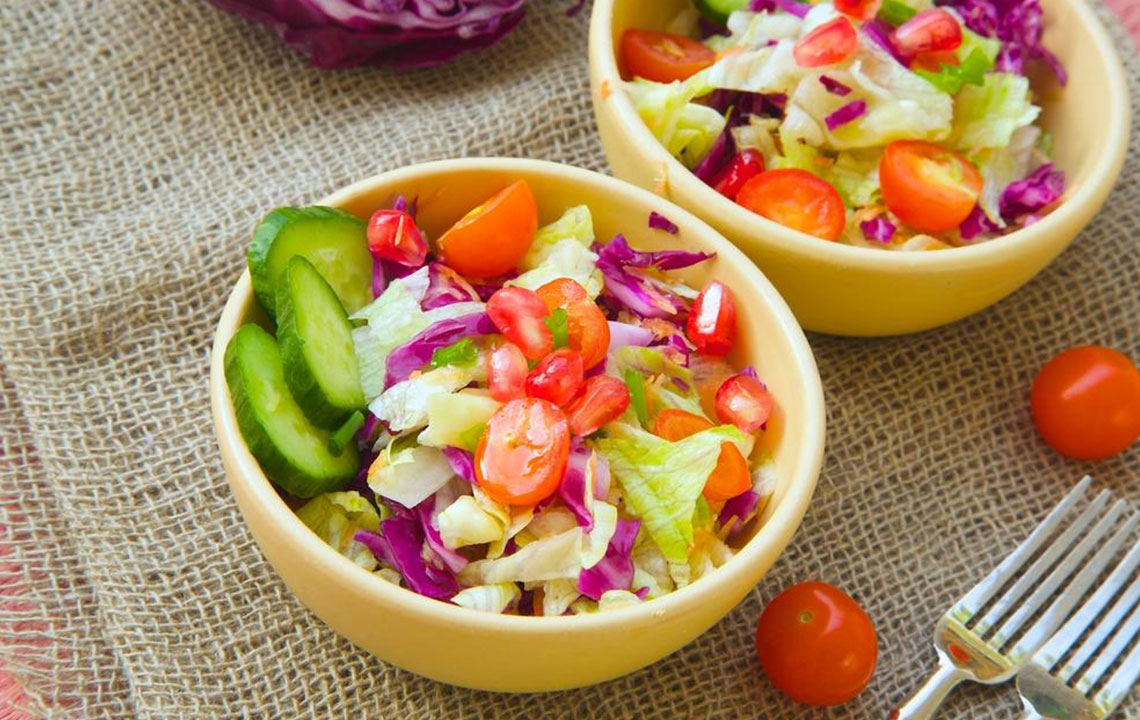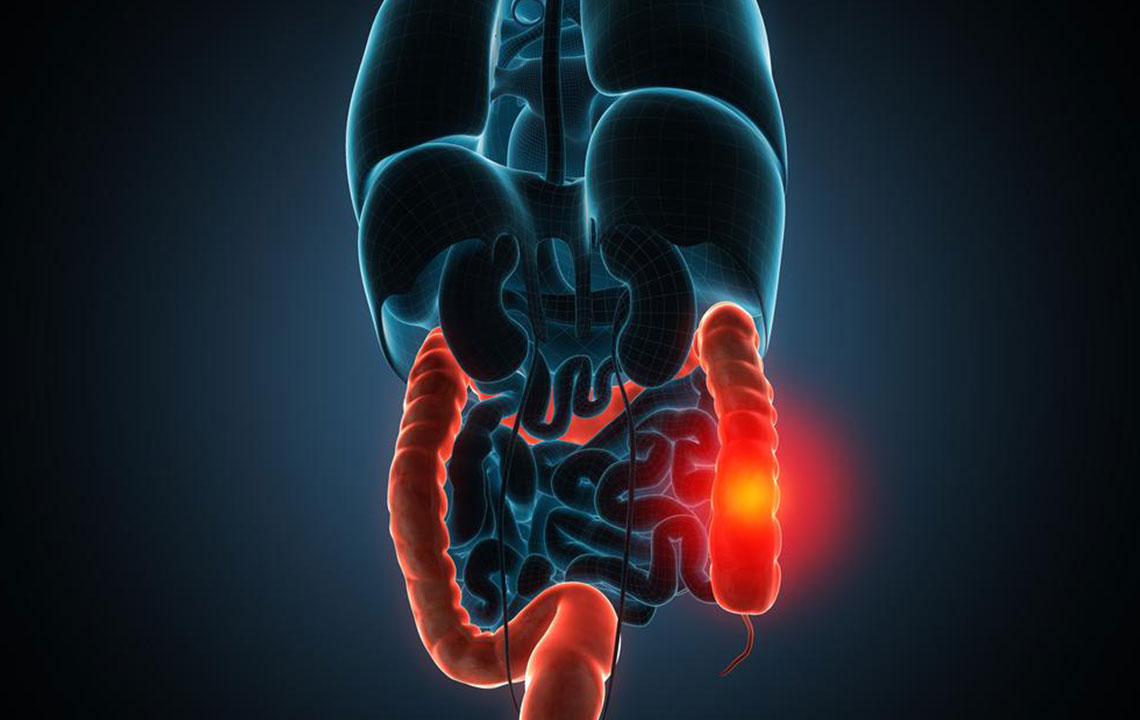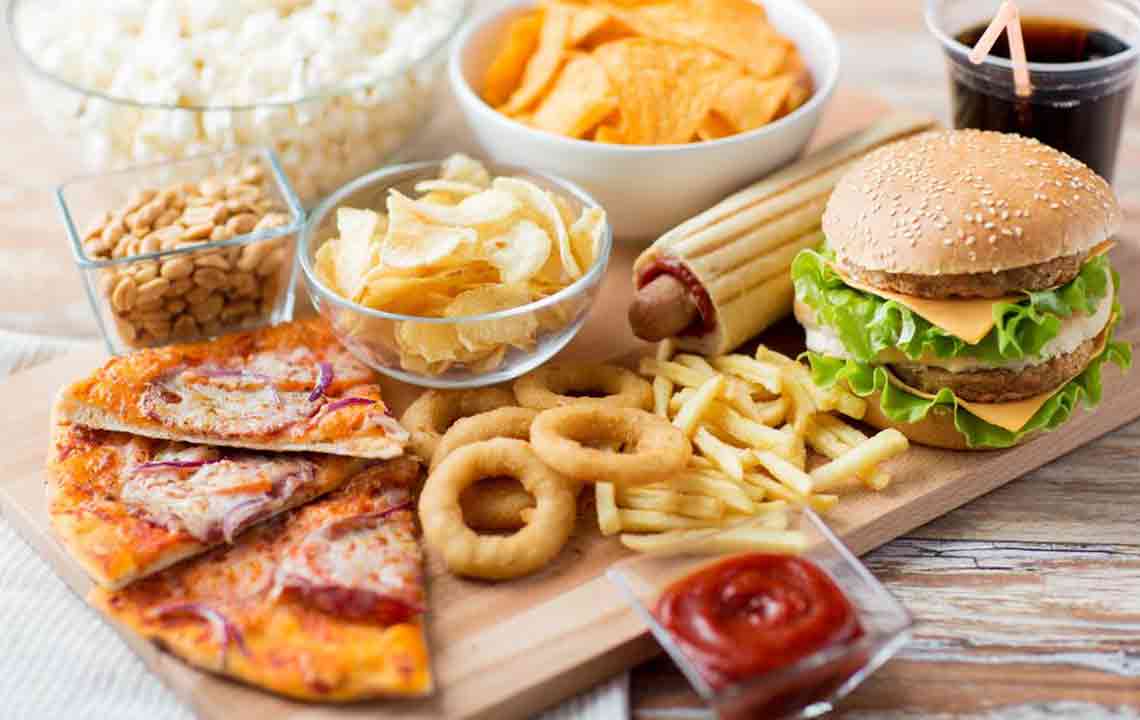Comprehensive Guide to Foods That May Worsen or Improve Diverticulitis Symptoms
This comprehensive guide explores foods that can worsen or improve diverticulitis symptoms. It provides detailed insights into foods to avoid like spicy dishes, cruciferous vegetables, and greasy foods, as well as recommended options such as low-fiber, soft, and easy-to-digest foods. Managing diet is crucial for controlling symptoms, preventing flare-ups, and promoting gut health. The article emphasizes personalized dietary strategies and consulting healthcare providers for optimal management, offering practical advice to improve comfort and health for diverticulitis sufferers.
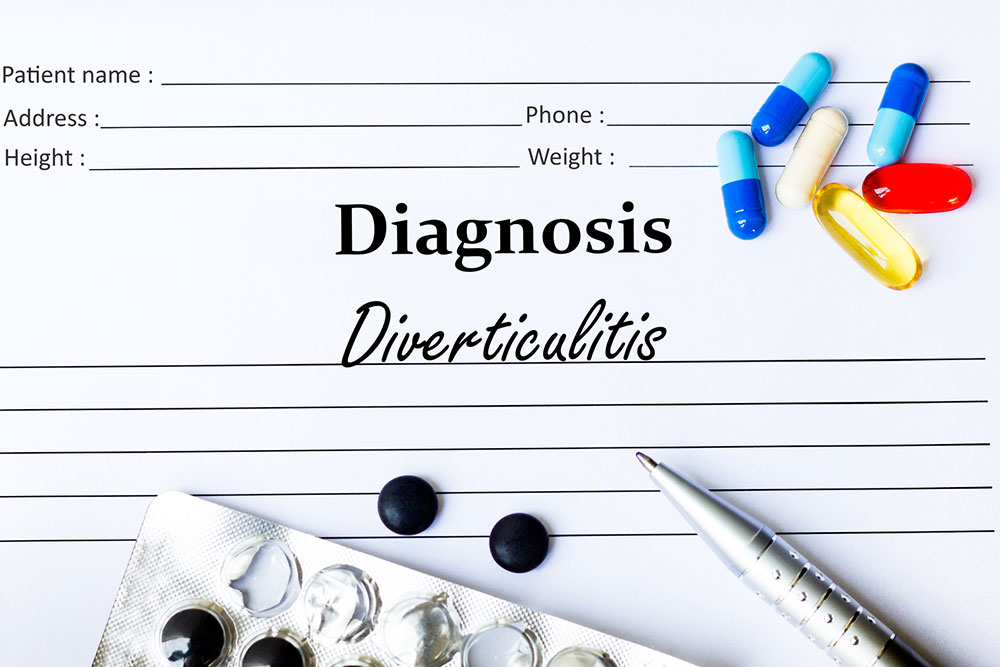
Understanding the Impact of Food on Diverticulitis Management
Diverticulosis is characterized by the formation of small pouches, known as diverticula, that develop along the walls of the colon or large intestine. While many individuals with diverticulosis remain asymptomatic, complications can arise when these pouches become inflamed or infected—a condition known as diverticulitis. This condition can cause significant gastrointestinal discomfort and other health issues, making diet management essential for individuals affected by it.
Current research suggests that although the exact cause of diverticulitis remains elusive, certain foods are known to exacerbate symptoms or trigger flare-ups. Recognizing which foods to avoid and which to include in your diet can play a vital role in controlling symptoms, preventing complications, and improving overall digestive health. In this comprehensive guide, we will explore in detail the foods that may worsen diverticulitis symptoms and effective dietary strategies to help manage this condition.
Foods That May Worsen Diverticulitis Symptoms
When dealing with diverticulitis, it is crucial to identify foods that could aggravate symptoms such as inflammation, cramps, diarrhea, or vomiting. Avoiding or limiting these items can help promote healing and reduce the frequency and severity of flare-ups. Here are some of the common foods that may negatively impact individuals with diverticulitis:
Spicy foods
Spicy dishes, including those from cuisines like Indian, Mexican, Thai, and Chinese, often contain red chilies, black pepper, and other heat-inducing spices. These ingredients can irritate the gastrointestinal lining, leading to increased discomfort, inflammation, and urgency. For many patients, spicy foods are a known trigger for flare-ups, so it is advisable to moderate or eliminate them during active symptoms and flare periods.
In addition to discomfort, inflammation in the digestive tract caused by irritants such as spicy foods can lead to symptoms like nausea, vomiting, diarrhea, and overall digestive distress. Recognizing this connection helps in tailoring a suitable diet to promote recovery and reduce discomfort.
Cruciferous vegetables
Vegetables including broccoli, cabbage, Brussels sprouts, and cauliflower are highly nutritious and promote healthy digestion. However, during diverticulitis flare-ups, their high fiber content can lead to increased gas, bloating, and abdominal cramps. While these vegetables are beneficial for long-term health, it may be advisable to limit their intake during periods of active inflammation to minimize intestinal irritation. Once symptoms subside, gradual reintroduction can be considered to maintain the benefits they offer.
Corn
Corn is known for its fiber and sugar content, which can be challenging for digestion during diverticulitis episodes. The fibrous hull can sometimes cause irritation or blockages, while the sugar may promote fermentation in the gut, leading to gas and distention. Processed cream corn or corn-based products with lower fiber content may be better tolerated during flare-ups, but individual reactions vary. It’s recommended to monitor your body's response and adjust accordingly.
Dairy products
Some individuals with diverticulitis experience bloating, gas, or discomfort after consuming dairy, even if they are not lactose intolerant in general. These symptoms often worsen when the digestive system is inflamed or compromised. Lactose-free options such as yogurt, specially formulated cheeses, or plant-based alternatives like almond milk and soy milk can be helpful substitutes. Always check product labels for lactose content and consider consulting a healthcare professional before making significant dietary changes.
Peppers
Green and red peppers contain compounds that can produce gas and cause cramping. The individual response to peppers varies: some people tolerate them well, while others may experience increased discomfort. During active diverticulitis episodes, it’s prudent to limit consumption and observe how your body reacts. Reintroduction should be cautious and gradual, tailored to your symptoms.
Legumes
Beans, lentils, and chickpeas are rich sources of fiber and essential nutrients. Nonetheless, during diverticulitis flare-ups, their high fiber content can lead to bloating, gas, and abdominal pain. For some, reducing intake or temporarily avoiding these foods can help alleviate symptoms. However, during remission, adding legumes back into the diet gradually can confer long-term health benefits, including improved bowel regularity.
Fried and greasy foods
Fast foods, fried chicken, french fries, and other greasy items contain high levels of unhealthy fats. These foods can induce colon contractions and promote inflammation, potentially exacerbating diverticulitis symptoms. A diet emphasizing low-fat, nutrient-rich options supports better digestive health and minimizes flare-up risks.
Soy and lentil products
While lentils and soy products are healthful and high in fiber, they can also cause bloating and gas during inflammation episodes. It’s advisable for individuals affected by diverticulitis to consume these items in moderation, especially during active symptoms, and reintroduce them cautiously afterward based on individual tolerance.
High-fat dairy like butter and hard cheeses
Butter and certain cheeses can irritate sensitive digestive tracts, sometimes leading to increased bloating and gas. Switching to heart-healthy oils such as olive oil or using lactose-free cheese options can mitigate these effects. Monitoring how your body responds to different dairy products is essential for maintaining comfortable digestion.
Foods Recommended for Managing Diverticulitis
In addition to avoiding trigger foods, incorporating supportive dietary choices can aid recovery and aid long-term management. Here are some food options and strategies beneficial for individuals with diverticulitis:
Low-fiber foods during flare-ups
When symptoms are active, opting for low-fiber, easily digestible foods helps reduce strain on the colon. Examples include white rice, plain white bread, pasta, cooked poultry, eggs, and fish. Soft fruits like canned peaches, applesauce, or banana puree are gentle on the gastrointestinal tract. Use healthy fats such as olive oil for cooking and incorporate cooked vegetables like carrots, beets, and spinach that are easier to digest.
Clear liquids and soft foods
During remission or active inflammation, incorporating clear broths, fruit purees, gelatin, and finely chopped, soft foods can support the healing process while reducing irritation. Staying well-hydrated is also critical during these times.
In conclusion, managing diverticulitis through diet involves careful identification of foods that cause irritation and strategically choosing those that promote healing. Consulting with healthcare professionals or registered dietitians can further refine dietary plans tailored to individual needs and symptom patterns. Maintaining a balanced diet that emphasizes nutrient-dense, easily digestible foods can significantly improve quality of life for those affected by diverticulitis.
